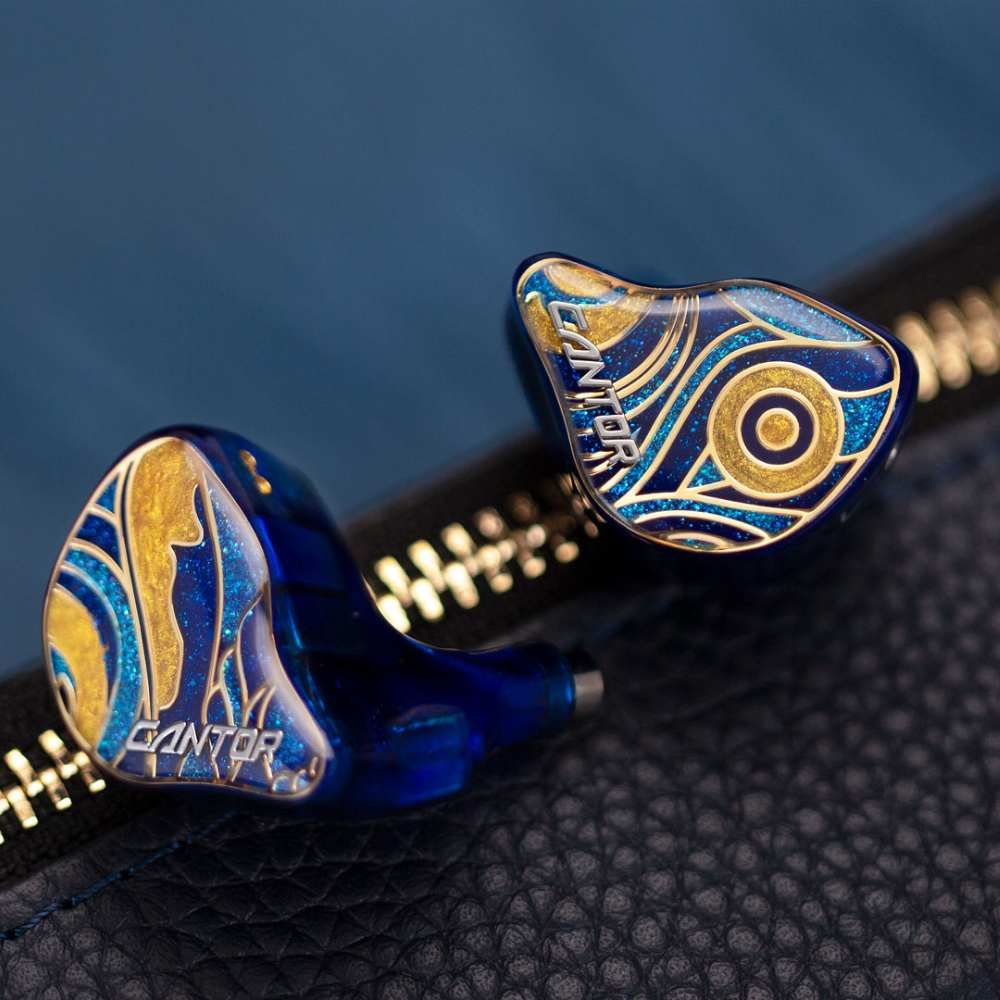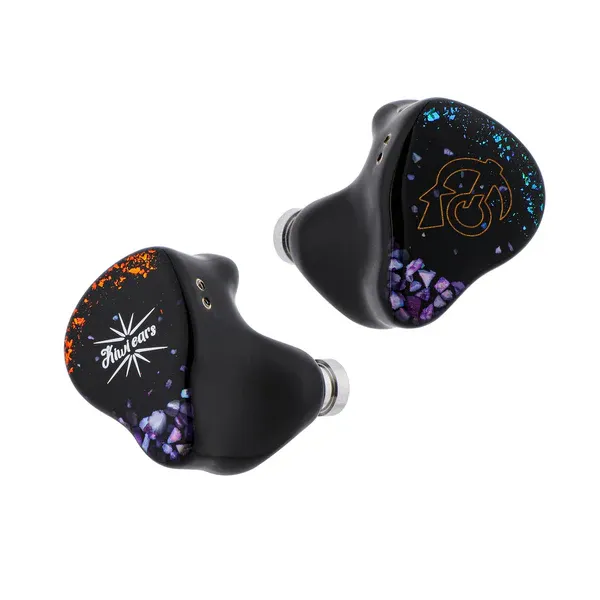Cantorvs.x HBB Punch
Sound & Specs Comparison
Information
Both IEMs are widely regarded in the audiophile community. See how they differ in terms of sub-bass response, upper mids, clarity, and overall tonality. Spider charts and rating breakdowns included.
Objective Comparison
Facts, details, stuff.
| General Info | Cantor | x HBB Punch |
|---|---|---|
| Brand | AFUL | Kiwi Ears |
| Country | Taiwan | UK |
| IEM Description | The AFUL Cantor combines technical precision with musicality in a hybrid design. Featuring a dynamic driver for powerful bass and multiple balanced armatures for clean mids and sparkly highs, it delivers a spacious soundstage with excellent separation. Tuning leans slightly toward a balanced-bright signature, making it a solid choice for detail lovers who still want some low-end punch. | A bold tribrid IEM designed for bass lovers, combining deep 15 dB-boosted sub-bass, clean mids, and crisp treble with dual EST drivers—housed in a sturdy hybrid shell with detachable, customizable cable. |
| Price Level | 500 – 1.000 | 100 – 500 |
| Housing & Driver | ||
|---|---|---|
| Driver Config | Multi-BA | Tribrid |
| Driver Types | Balanced Armature | Dynamic Driver + Balanced Armature + Electrostatic |
| Shell Material | – | Resin |
| Cable | 4Braid 5N OFC Cable | Single-crystal copper 20 AWG, 1.45 mm braided, PVC sleeve |
| Technical | ||
|---|---|---|
| Freq Range | – | 5 Hz – 44 kHz |
| Impedance (Ω) | 20 | 12 |
| Sensitivity (dB) | 106 | 98 |
| Crossover | RLC Network Electronic Crossover | 3-way passive with dedicated acoustic sound tubes |
| Platform Info | ||
|---|---|---|
| Comments | 2 | 1 |
| Visit Count | 144 | 113 |
| External Reviews | 1 | 1 |
Meta Ratings
// Nothing to compare yet.
Sound Characteristics
x HBB Punch delivers a tighter sub-bass response, controlling low-end rumble with more precision than Cantor (9.5 vs 8.5). Cantor enhances basslines with b more energy and grip, giving them a livelier feel compared to x HBB Punch (9 vs 8.5). x HBB Punch adds a more body and slam to bass hits, which makes it feel more physical than Cantor (9 vs 8.5). The lower midrange on Cantor blends n more smoothly into the bass region, avoiding the disconnect found in x HBB Punch (8.5 vs 7.3). It reproduces female vocals and strings with a more air and forwardness, while x HBB Punch remains recessed (8 vs 7.3). It offers s greater shimmer and nuance in the lower treble, revealing micro-details that x HBB Punch misses (8 vs 7.5). x HBB Punch captures ambient cues and reverbs a more precisely through its upper treble, enhancing spatial perception over Cantor (8 vs 7.5). Cantor paints a s broader sonic landscape, offering better instrument positioning across the stage (8 vs 7.3). The retrieval of faint audio cues on It is a more convincing, while x HBB Punch tends to gloss over them (8.8 vs 7.3). In complex arrangements, It separates layers s more distinctly, preventing overlap that x HBB Punch occasionally suffers (8.3 vs 7.5). Notes played through x HBB Punch feel d weightier and fuller, giving a more satisfying impact than those from Cantor (9 vs 7.5). Percussion and quick attacks feel s more physical and punchy on It, adding excitement over Cantor (9 vs 8.5). Listeners may experience s fewer sharp edges in 'S' and 'T' sounds with It, whereas Cantor can get fatiguing (9 vs 8.5). It renders timbres with a better harmonic balance, preserving the character of instruments more accurately than Cantor (8 vs 7.5). Across the frequency range, It stays e more consistent in tonal balance, resulting in a smoother listen than Cantor (10 vs 8.8). It renders texture a more precisely, making instrument surfaces and vocal grain more palpable than Cantor (10 vs 8).
| Cantor | x HBB Punch | |
|---|---|---|
| Sub Bass | 8.5 | 9.5 |
| Bass | 9.0 | 8.5 |
| Bass Feel | 8.5 | 9.0 |
| Lower Mids | 8.5 | 7.3 |
| Upper Mids | 8.0 | 7.3 |
| Lower Treble | 8.0 | 7.5 |
| Upper Treble | 7.5 | 8.0 |
| Sound Stage Width | 8.0 | 7.3 |
| Detail | 8.8 | 7.3 |
| Layering | 8.3 | 7.5 |
| Masking | 8.0 | 7.8 |
| Note Weight | 7.5 | 9.0 |
| Slam | 8.5 | 9.0 |
| Sibilance | 8.5 | 9.0 |
| Timbre Color | 7.5 | 8.0 |
| Tonality | 8.8 | 10.0 |
| Texture | 8.0 | 10.0 |
Tonal Signature
// Nothing to compare yet.

